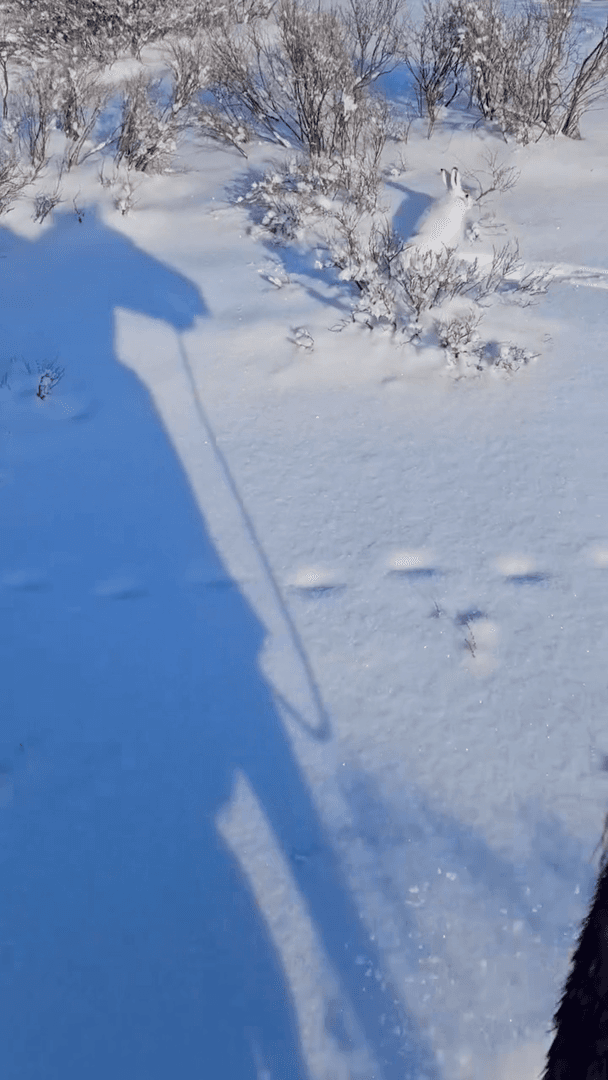
Hunting in Kilimanjaro Region, Tanzania: Legislation and Laws, Clubs and Association, Tanzanian Hunting Organizations Geographical Features of Kilimanjaro Region, Tanzania The Kilimanjaro Region, situated in northern Tanzania, is renowned for its diverse landscapes, ranging from the snow-capped peaks of Mount Kilimanjaro to expansive savannahs and dense forests. This varied topography supports a wide array of wildlife, offering hunters a unique and challenging environment. The region's ecosystems provide habitats for numerous game species, making it a notable area for hunting activities. Demographics and Statistics of Kilimanjaro and Tanzania While specific data on the number of hunters in the Kilimanjaro Region is not readily available, Tanzania's hunting industry is well-regulated, with numerous hunting concessions and licensed outfitters operating across the country. The Kilimanjaro Region, with its accessible terrain and diverse wildlife, attracts both local and international hu
Post: 10 July 09:34















































